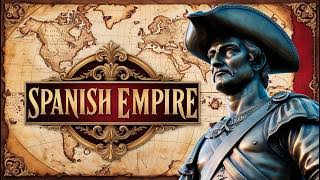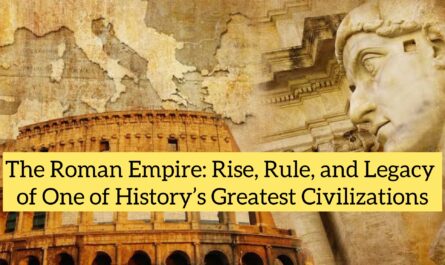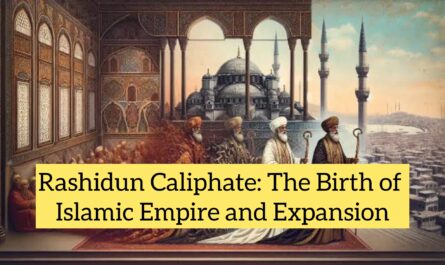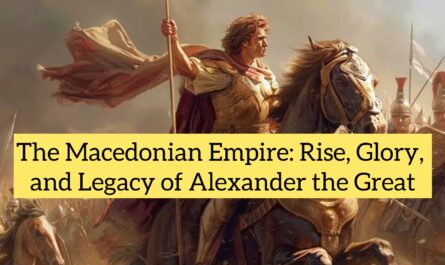Introduction
The Spanish Empire, one of the largest empires in history, played a pivotal role in shaping the modern world. Spanning the 15th to the 19th centuries, it was the first global empire, with territories on every inhabited continent. It left a lasting legacy in language, religion, culture, and global trade that is still evident today.
Origins of the Spanish Empire
The foundations of the Spanish Empire were laid with the unification of the kingdoms of Castile and Aragon through the marriage of Ferdinand II and Isabella I in 1469. This union not only centralized Spanish power but also initiated a period of aggressive territorial expansion. In 1492, the same year the Reconquista ended with the conquest of Granada, Christopher Columbus, under the Spanish flag, embarked on his voyage to the Americas, inaugurating Spain’s overseas empire.
Age of Exploration and Conquest (1492–1600)
The 16th century marked the golden age of Spanish exploration and conquest.
The Americas
-
Conquistadors like Hernán Cortés and Francisco Pizarro toppled powerful indigenous empires:
-
Cortés conquered the Aztec Empire in present-day Mexico (1519–1521).
-
Pizarro defeated the Inca Empire in Peru (1532–1533).
-
-
Spain established vast colonies throughout the Caribbean, Central America, South America, and parts of North America.
Asia and the Pacific
-
The Spanish established a presence in the Philippines in 1565, creating a vital link in the Manila-Acapulco Galleon Trade between Asia and the Americas.
-
Spanish influence extended into Southeast Asia and indirectly affected trade and geopolitics in the Indian Ocean.
Administration and Economy
Colonial Government
-
The empire was governed through viceroyalties, such as New Spain (Mexico) and Peru, which were later subdivided.
-
The Council of the Indies oversaw colonial affairs, while the Casa de Contratación regulated trade and navigation.
Economic Foundations
-
The Spanish economy relied heavily on mining (especially silver from Potosí and Zacatecas), agriculture, and the encomienda system, which exploited Indigenous labor.
-
The wealth from the Americas fueled the Spanish economy and military but also led to inflation and over-dependence on colonial wealth.
Cultural and Religious Influence
Spain aggressively pursued the Christianization of indigenous populations. Missionaries, particularly Franciscans, Dominicans, and Jesuits, established churches, schools, and missions throughout the Americas and Asia.
Cultural Syncretism
-
A fusion of Spanish and indigenous cultures gave rise to unique languages, traditions, architecture, and cuisines.
-
The Spanish language and Roman Catholicism remain deeply rooted in Latin America and the Philippines today.
Conflict and Decline (17th–19th Centuries)
Challenges and Wars
-
Spain’s dominance was challenged by other European powers—particularly England, France, and the Netherlands.
-
Key defeats included the Spanish Armada’s failure against England in 1588 and losses in the Eighty Years’ War (1568–1648).
-
Continuous warfare, economic mismanagement, and the burdens of a vast empire strained resources.
Independence Movements
-
The 18th-century Bourbon Reforms aimed to modernize the empire but often sparked resentment.
-
By the early 19th century, inspired by the American and French Revolutions and weakened by Napoleonic wars, Spanish colonies began declaring independence:
-
Simón Bolívar and José de San Martín led liberation movements across South America.
-
Mexico declared independence in 1810 and achieved it in 1821.
-
-
By 1830, Spain had lost most of its American empire.
Final Losses
-
Spain retained Cuba, Puerto Rico, and the Philippines until the Spanish–American War in 1898, after which these territories were ceded to the United States.
-
The Treaty of Paris (1898) effectively marked the end of the Spanish Empire.
Legacy of the Spanish Empire
Language and Religion
-
Spanish is now the second-most spoken native language in the world, with over 460 million speakers.
-
Roman Catholicism remains the dominant religion across Latin America and the Philippines.
Cultural and Political Influence
-
Spanish colonial architecture, festivals, legal systems, and cultural traditions persist across former colonies.
-
Debates about colonial legacy—including indigenous rights and historical memory—continue in postcolonial societies.
Global Impact
-
The Spanish Empire was a pioneer of globalization, connecting the Old World with the New.
-
It introduced new crops, animals, and ideas across continents, contributing to the Columbian Exchange, which reshaped global demographics and economies.
Conclusion
The Spanish Empire was one of history’s most formidable and far-reaching empires. Its rise was driven by exploration, conquest, and an ambitious vision of global dominance under Christianity. While it brought immense wealth and cultural exchange, it also resulted in colonization, exploitation, and resistance. Its enduring influence is evident in the languages, religions, and societies of many nations today, making it a central chapter in world history.



